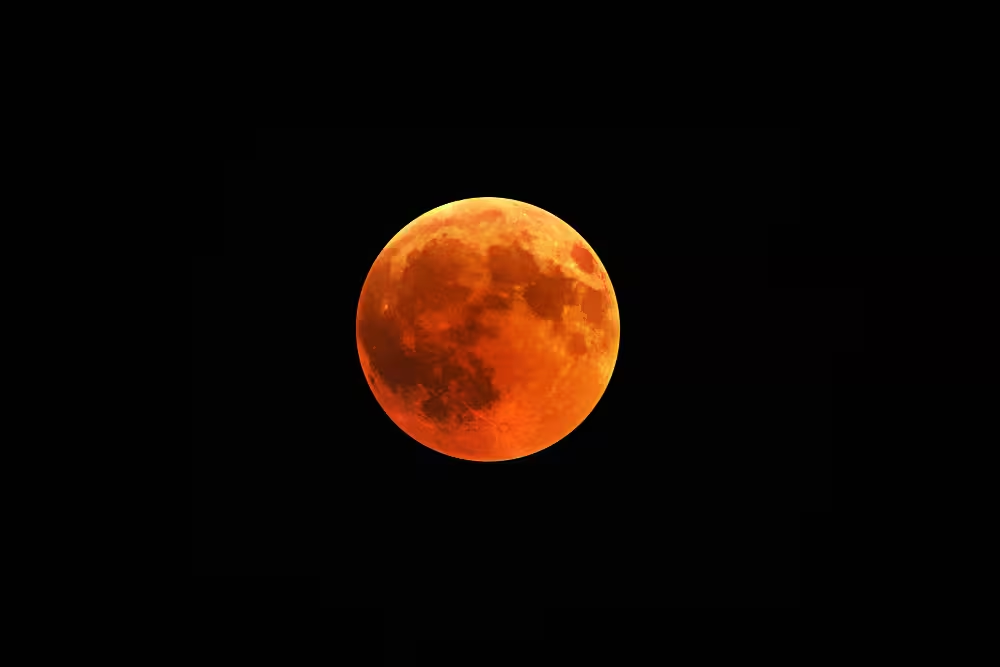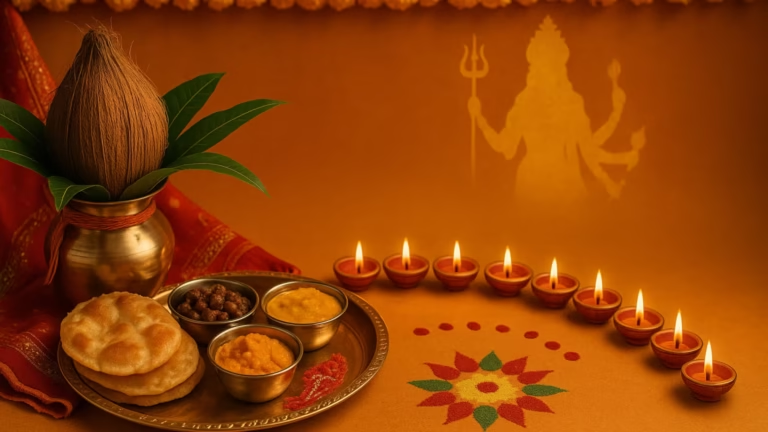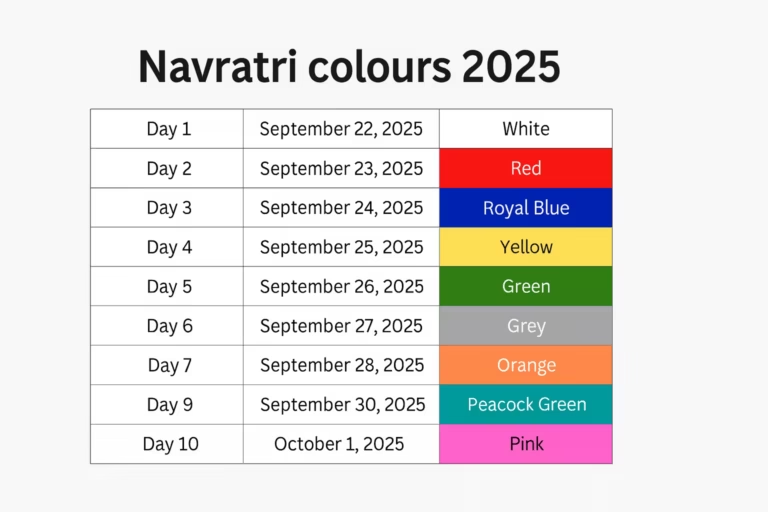The year 2025 will witness its first total lunar eclipse on September 7, a rare celestial event that has already drawn excitement among astronomers, astrologers, and the general public. This total lunar eclipse, also called Blood Moon in Hindi, will take place on a Sunday night and will be clearly visible in India as well as across several regions in Asia, Africa, Australia, and parts of Europe. Such events are not just scientific spectacles but also carry cultural, spiritual, and religious significance in many communities.

image source: freepik
Lunar eclipse Timing
The Total Lunar eclipse will begin at 9:58 PM IST on September 7, 2025, and will end at 1:26 AM IST on September 8, 2025. The total duration of this eclipse will be 3 hours, 28 minutes, and 2 seconds. During this time, the Moon will pass through different phases of Earth’s shadow before becoming completely immersed. The totality, when the entire Moon is covered, will start at 11:01 PM, reach its peak at 11:42 PM, and end at 12:22 AM. At this point, the Moon will take on a coppery-red hue, often referred to as the “Blood Moon,” caused by the scattering of sunlight through Earth’s atmosphere.
According to Hindu tradition, the Sutak period is observed before and during eclipses. For this event, Sutak will begin at 12:19 PM on September 7 and end at 1:26 AM on September 8 when the eclipse concludes. During this time, many communities avoid cooking, eating, or performing auspicious tasks. Instead, people engage in spiritual practices such as chanting mantras, reading scriptures, and meditating. It is widely believed that spiritual activities undertaken during the Sutak period yield greater benefits.
From a cultural and religious perspective, lunar eclipses in India are seen as moments of both caution and devotion. Many families take special measures such as covering food and water, refraining from new beginnings, and taking ritual baths after the eclipse ends to cleanse both body and surroundings. Pregnant women, in particular, are often advised to remain indoors and avoid using sharp objects during the eclipse, following long-standing traditional practices. While science regards the eclipse as a natural phenomenon with no harmful effects, these customs continue to hold deep meaning for millions of people.
Read Also: Eco-Friendly Ganesh Visarjan: A Responsible Way to Bid Farewell to Bappa
For sky watchers and astronomy enthusiasts, this total lunar eclipse promises to be a breathtaking experience. The sight of a blood-red Moon slowly moving across the night sky is not only a visual marvel but also a reminder of the precise dance of celestial bodies in our solar system. Observatories and astronomy clubs across India and other countries are expected to organize viewing sessions, allowing the public to witness and photograph this rare spectacle. Even without special equipment, the eclipse can be easily observed with the naked eye, though binoculars or telescopes can enhance the view.
This Total lunar eclipse will be visible across much of India, as well as other regions of Asia, Africa, Australia, and Europe. In cities like Delhi, Mumbai, Kolkata, Bengaluru, and Chennai, residents will be able to watch the Moon turn red in the late evening hours. Weather permitting, rural areas with clearer skies will offer an even more vivid experience of this celestial wonder.
In addition to its religious and cultural aspects, the event also carries scientific importance. Lunar eclipses give scientists a chance to study the Earth’s atmosphere, as the refracted sunlight responsible for the red hue of the Moon provides information about the level of dust and particles present in the atmosphere at the time. Such studies help improve our understanding of climate and environmental changes.
Traditionally, after the eclipse concludes, people take ritual baths, clean their homes, and offer prayers at temples. Many also donate food, clothes, or money to the needy, as charity during or after an eclipse is considered highly auspicious. These practices highlight how deeply eclipses are interwoven into the spiritual and cultural fabric of India.
The total lunar eclipse on September 7, 2025 will thus be more than just an astronomical event. It will be a union of science, spirituality, and culture—a time when people look up at the sky in awe while also turning inward in devotion. For millions, it will be both a cosmic spectacle and a spiritual reminder of the vast, interconnected universe we live in.
Read this article in hindi : Chandra Grahan 2025: कब, कहां और कैसे दिखेगा 7 सितंबर को लगने वाला ग्रहण?
Read Also: What’s New in ChatGPT-5? A Complete Comparison With Older Versions



